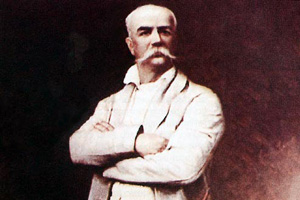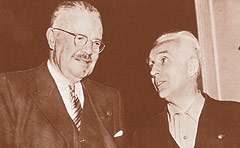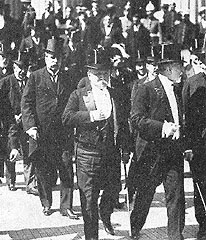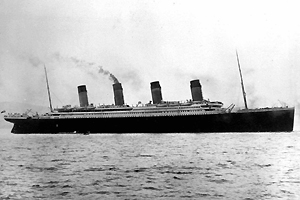Without a doubt, his great legacy was a series of constitutional reforms carried out during his administration, which spanned from 1871 to 1876. Although many of these initiatives were approved by president Errazuriz in order to attain the support of the radicals and the more extreme liberals, they meant great strides forward for the country in a variety of areas. Some political vices were left behind as well as traces (vestige) of Spanish legislation that still ruled the country’s conduct.
The first reform implemented was the reduction of the necessary quorum for the operation of both chambers. This way, the promulgation of new reforms was also made easier, only needing one third of the Senate and one fourth of the chamber of Deputies to hold session.
It was also established that the election of Senators would be by province and it set the number of deputies on one for every twenty thousand inhabitant. It would also define parliamentary incompatibility between members of the Chamber and the position of Minister.
The power of the president was also reduced because the extraordinary faculties the position could be granted (State of Emergency) were limited to one year. In addition, the incorporation of parliamentarians to the State Council was established, not allowing the votes of the ministers that were part of said council, which would from now on become the majority of this body. The process for accusing ministers was simplified , encouraging greater regulation of the actions undertaken by the Executive power.
On the subject of rights, the right of association, meeting, freedom of teaching and print were decreed fundamental guarantees.
The time of residency for a foreigner to be able to be eligible for Chilean nationality was reduced to one year.
Material progress
President Errazuriz Zañartu developed a great amount of material projects, most of them financed through loans from the English.
In the area of communications, the first railroad was expanded towards the south of the country. A first stage reached Chillan, then Talcahuano, and finally, Angol. Nearly 500 kilometers of roads were built, added to the preexisting 483. The work devoted to constructing the Valparaiso pier also began, and the Universidad de Chile and Congress buildings were completed.
But, without a doubt, one of the most important projects was the modernization of the city of Santiago, under the charge of intendant Benjamin Vicuña Mackenna.
Not only were numerous streets paved and drinking water services improved, large-scale constructions and remodeling was also performed, like the transformation of the abandoned Santa Lucia hill into a public attraction, the construction of the Municipal theater and market, among others.








 Hundimiento del Titanic
Hundimiento del Titanic